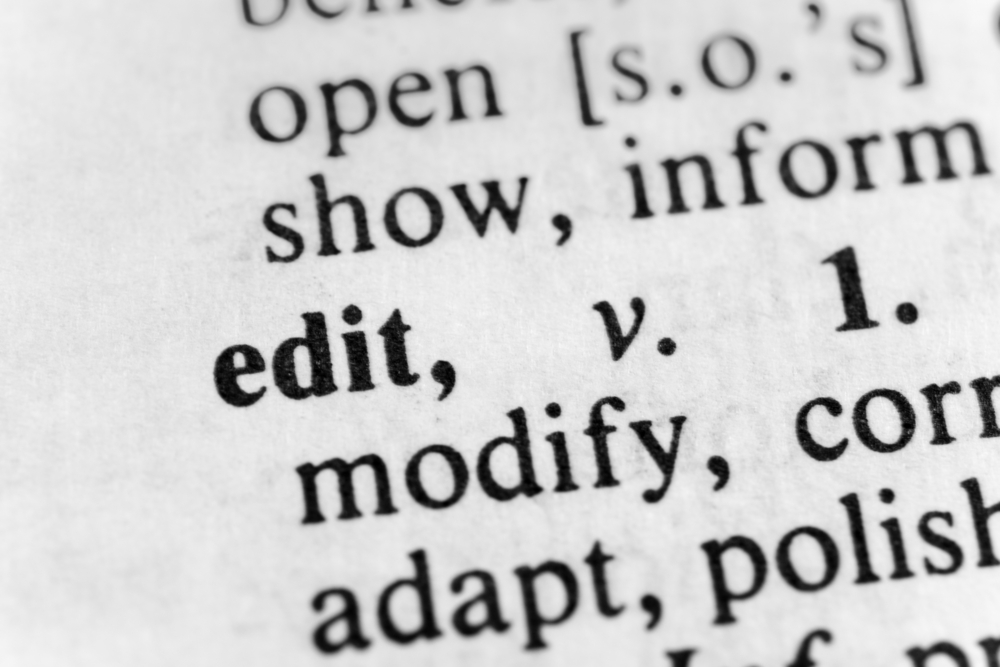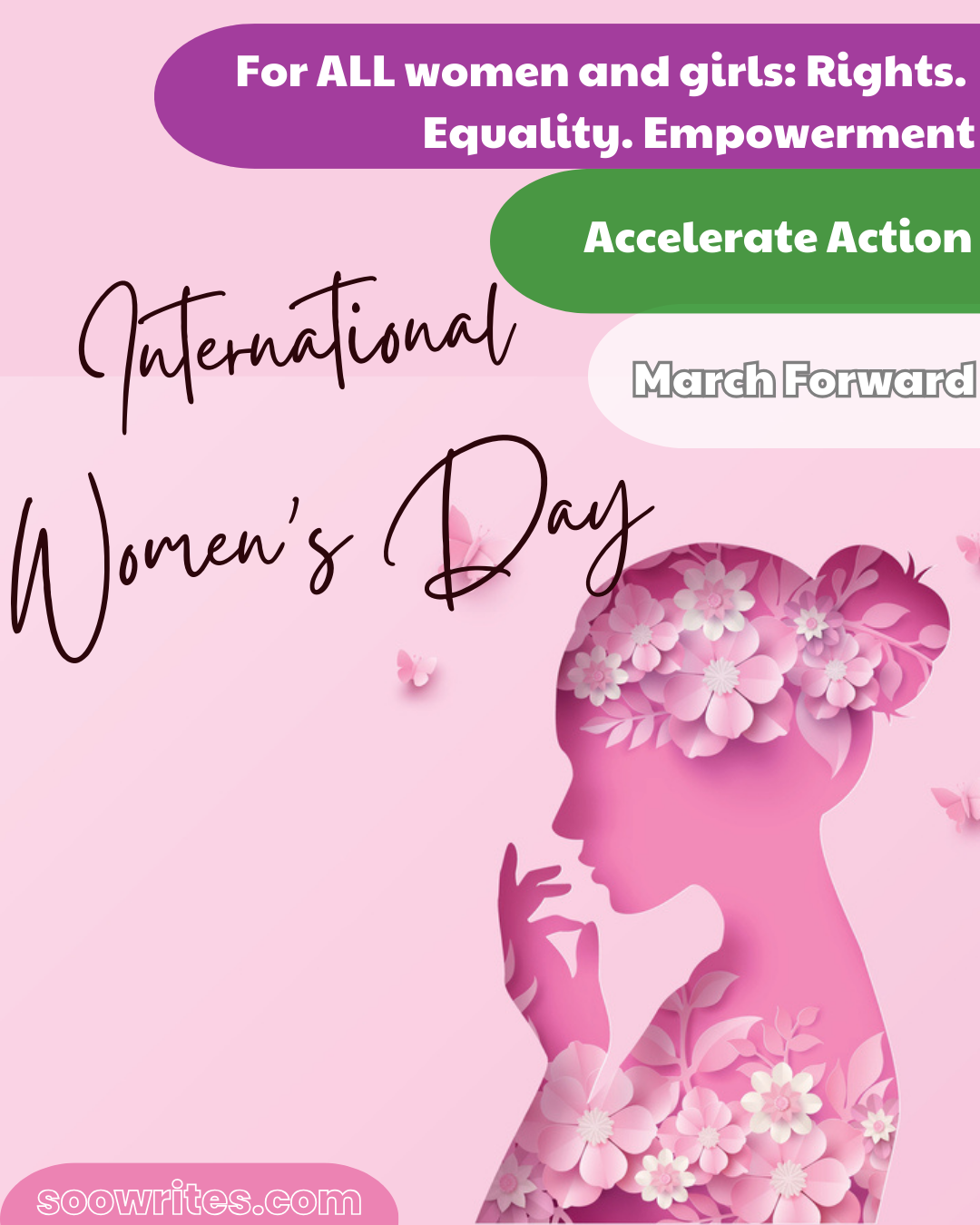
The search engines will confuse you. There is a tiny chance that this blog post might add to your confusion as well, so accept my apologies. The discussion about exactly what a line or copy edit entails is one as old as time. Some editors swear they are one and the same, others argue about which comes first, and almost all of us have different definitions of these stages of the editing process.
Here is where I stand though:
First, copy editing and line editing are two different editing processes.
Secondly, line editing comes before copy editing in the editing sequence (Developmental, line, copy, and proofreading)
Finally, I have a simplistic definition of both that has helped me draw the line with clients.
Shall we begin?
Copy editing and line editing are not one and the same. No, really, why else would some people claim to be copy editors and others line editors? This in itself is a weak argument, though, which brings me to my next argument: the editing process.
Writing is beautiful work and that is where the magic happens. You take a blank page and paint life into it, with your ‘its I’ for ‘it’s I’ and your characters who say ‘you’re’ when they mean ‘your’. 🌚
The truth is, if you want your readers to see the beauty in your story, your manuscript must undergo the editing process. The editing process, for me, comes in four stages from broad to word-level specific.
Developmental editing is the first step of editing, and this editing is done to make sure your story makes sense. It addresses the bigger picture of theme, world building and character development. Developmental editors focus on whether your story sticks to the theme you have chosen, or if you change your theme with every new chapter. They also read the story to decide whether your character has undergone any sort of development.
Line editing is the next step of the editing process, although some authors put beta readers before line editing. With line editing, your manuscript is edited for sentence flow and tone. Line editors are concerned with the line-by-line issues: the words you use to convey your message; the tone of the scene; if the word choice makes sense in the dialogue or if a stronger word could be used; if your clunky sentences should be broken into smaller sentences or are stylistic and say something about the scene, the paragraph, or the character.
Because line editing deals with the art and style of the story, how it flows from idea to idea and chapter to chapter, it is also called stylistic editing.
In case you were wondering, this is the service I offer. I have tried copy editing and although it is nice to catch those comma splices and the wrong use of the M-dash, it is not something that comes naturally to me. What comes naturally is how a sentence makes me feel and knowing what the author intends to communicate to their reader.
It is only natural that copy editing comes after line editing. Line editing deals with flagging ugly sentences and suggesting rewrites for flow and readability. To do this, sometimes sentences get moved around or changed completely. If you copy edit before this, copy editing being mainly correcting punctuation and fact checking, there is the risk of deleting an entire sentence or introducing new punctuation errors. Why would you put yourself through that?
Pardon me for insinuating that copy editors are mainly punctuation police and fact checkers. (I know I’ve already ruffled a few feathers writing ‘copy editor’ rather than ‘copyeditor’. Here’s what our good friends actually do:
Copy editors check your punctuation and watch out for homophones like ‘affect’ instead of ‘effect’. They make sure your manuscript is consistent, so no ‘Realise’ on page 7 and ‘Realize’ on page 28. Copy editors use style guides when editing and you could find them referring to the Chicago Manual Of Style for fiction, or the APA manual for nonfiction.
Finally, we have proofreading. This is the last stage of the editing process. After your manuscript has been copy edited and, in most cases, beta read, it is sent off to the publishers. Proofreaders get the final copy.
If it is going to be a paperback, the proofreader gets a printed copy and goes through it with a pencil or pen, marking out issues like runover lines, a capital I where a small L should be, or ‘nn’ where an ‘m’ should be. These things happen, and sometimes all the editors miss these. Having the proofreader go through the final copy helps to pick up these technical issues.
In case the definitions and responsibilities still confuse you, here’s a simple way I used to remember which was which when I was trying to decide what level of editing I would do.
Line editing is editing a manuscript for the flow of the sentences. It is an art. Stylistic.
Copy editing is editing a manuscript for inconsistencies and punctuation errors. It is a science. Stringent.
Now, I believe you know your book. Does it need to be edited for clarity? Might you benefit from hacking down your flowery prose or do you feel like your sentences just aren’t giving you the ‘oomph’ you need? If that is your case, you need a line editor.
If you’re good on that front and just need to be sure your colons and hyphenated compound words are A-okay, you should look into a copy editor.
Finally, if you’ve written a novel and still do not know whether you would benefit from a line edit or a copy edit (maybe you actually need a developmental edit), we could do a quick analysis and I’ll let you know what type of editor you need, then point you towards them. I know a few. Send me a message if you’d like that.
That said, to copy or to line?
Answer: Line, please. Gimme the line.

